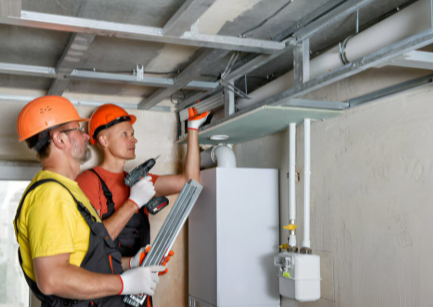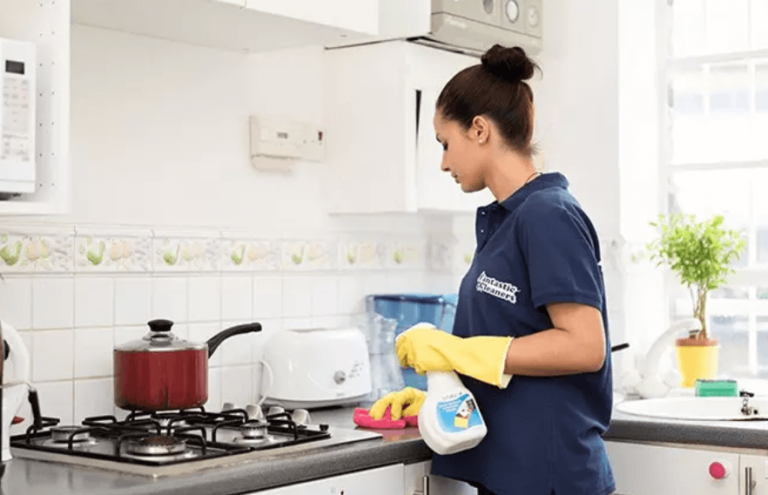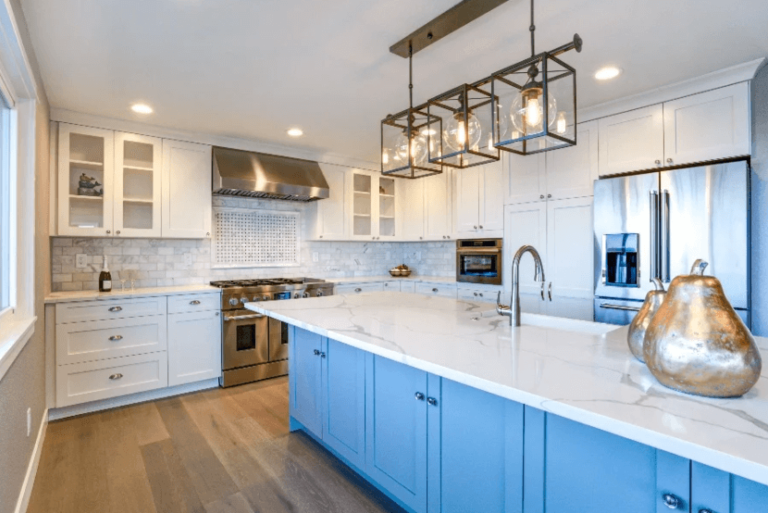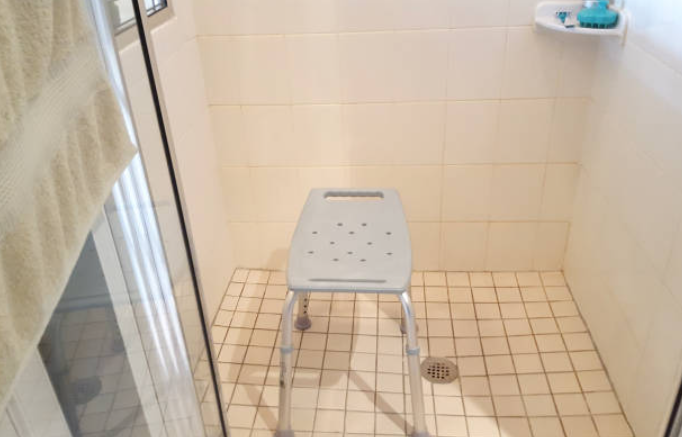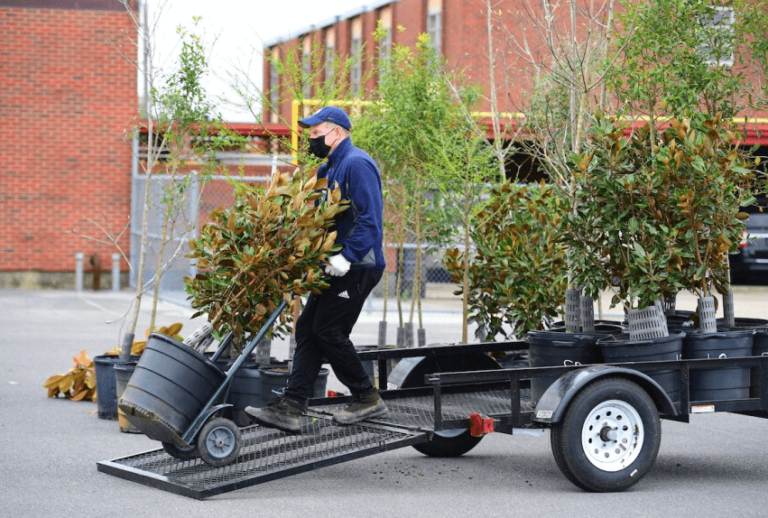How to Decide Which Pool Deck Resurfacing Option Is Right for You
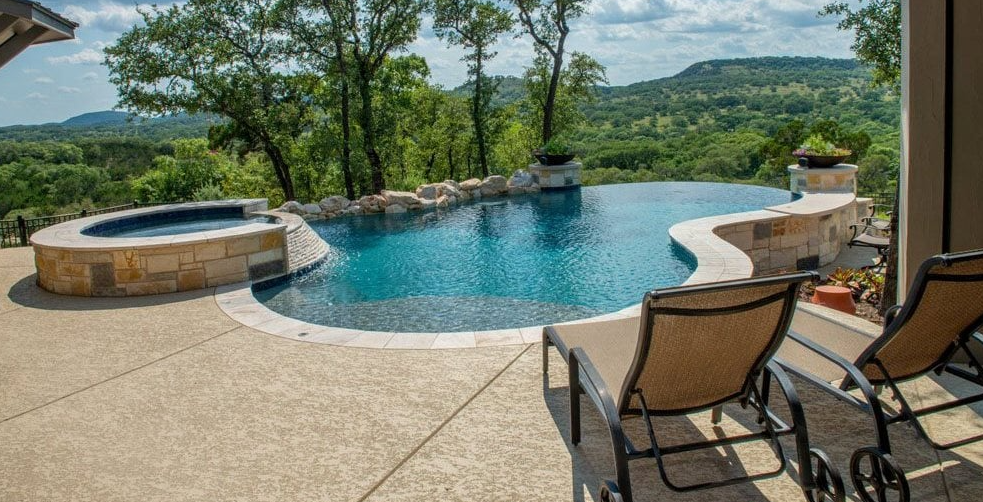
A pool is often the centerpiece of any backyard oasis, but over time, the surrounding deck can show signs of wear. Cracks, fading, and rough textures don’t just affect aesthetics—they can also impact safety. That’s where pool deck resurfacing comes in. By upgrading the surface, homeowners can restore beauty, improve safety, and even enhance property value.
But with so many resurfacing options available, how do you know which one is right for your home? Let’s explore the most popular choices and what factors you should consider when making your decision.
Why Pool Deck Resurfacing Matters
The average concrete pool deck lasts 10 to 15 years before showing signs of deterioration. Sun exposure, pool chemicals, and heavy foot traffic can speed up this process. Resurfacing is a cost-effective way to rejuvenate your pool area without a full replacement, which can cost three times as much.
In fact, industry reports show that resurfacing a pool deck can increase home value by up to 15%, making it not just a cosmetic choice but also a smart investment.
Popular Pool Deck Resurfacing Options
1. Stamped Concrete Overlay
Stamped overlays are a favorite for homeowners who want the look of natural stone, brick, or tile—without the high cost. A thin layer of concrete is applied and then stamped with patterns.
- Pros: Highly customizable, slip-resistant textures, and long-lasting.
- Cons: Requires sealing every few years to maintain color and durability.
- Best For: Homeowners who want a decorative, upscale appearance on a budget.
2. Spray Texture (Kool Deck)
Spray texture coatings, often called “Kool Deck,” are designed to stay cooler underfoot—a big advantage in sunny climates. The textured finish also improves slip resistance, making it ideal for families.
- Pros: Affordable, slip-resistant, cooler than traditional concrete.
- Cons: Limited design options compared to stamped or stained finishes.
- Best For: Families with kids or pools in hot regions where bare feet on the deck are common.
3. Stained Concrete
Concrete stains add rich, vibrant colors that penetrate the surface for a permanent finish. Options range from earthy tones to bold hues, allowing for a unique look.
- Pros: Cost-effective, wide range of colors, UV-resistant finishes.
- Cons: Does not hide cracks or imperfections; works best on smooth decks.
- Best For: Homeowners who want a fresh look without major structural repairs.
4. Pavers
Concrete or stone pavers can be laid over an existing pool deck for a completely new look. They come in various shapes, sizes, and colors, allowing for endless design combinations.
- Pros: Extremely durable, easy to replace individual pieces, stylish.
- Cons: Higher upfront cost compared to overlays.
- Best For: Those seeking long-term durability and premium design appeal.
5. Epoxy Coatings
Epoxy is a high-performance coating that creates a smooth, durable, and chemical-resistant surface. While more common indoors, it’s also used in pool decks for its sleek finish.
- Pros: Resistant to pool chemicals, customizable colors, easy to clean.
- Cons: Can become slippery if not textured; may fade in direct sunlight.
- Best For: Modern pool designs where aesthetics and durability are priorities.
See also: Transforming Your Home with Bespoke Fitted Kitchens – The Heart of the Home
Key Factors to Consider Before Choosing
1. Climate Conditions
If you live in a hot, sunny climate, a cooler surface like spray texture or light-colored pavers may be best. In colder climates, surfaces that resist freeze-thaw damage, like stamped concrete with proper sealing, are more suitable.
2. Budget
Resurfacing costs can range from $3 to $12 per square foot, depending on the material. Spray texture and stains are budget-friendly, while stamped overlays and pavers cost more but offer higher-end finishes.
3. Safety
Slip resistance should be a top priority, especially for families with children or elderly swimmers. Spray textures and stamped finishes are designed with traction in mind.
4. Maintenance
Some resurfacing options require more upkeep than others. Stains and stamped overlays need sealing every few years, while pavers require occasional weed control between joints.
5. Aesthetic Preference
Do you prefer a modern, sleek look or a natural, rustic feel? Stains provide bold colors, stamped overlays mimic stone, while pavers create timeless, elegant designs.
Long-Term Value of Pool Deck Resurfacing
Choosing the right resurfacing option not only boosts your pool’s appearance but also extends the life of your deck. For example, stamped overlays and pavers can last 15–20 years with proper care, compared to 5–10 years for basic coatings.
Additionally, a resurfaced deck enhances curb appeal. Real estate experts note that homes with updated pool areas sell 10–15% faster than those with dated or damaged decks.
Making the Right Choice
Here’s a quick breakdown to help you decide:
- For affordability and comfort → Spray texture (Kool Deck).
- For luxury appeal on a budget → Stamped concrete overlay.
- For vibrant color and style → Stained concrete.
- For premium durability and timeless beauty → Pavers.
- For sleek, modern finishes → Epoxy coatings.
Final Thoughts
Your pool deck is more than just a functional surface—it’s a key part of your outdoor living space. By choosing the right pool deck resurfacing option, you can improve safety, comfort, and style while increasing your home’s value. Whether you prioritize budget, durability, or design, there’s a resurfacing solution that fits your needs and lifestyle.

